Dark Purple Hydrangeas: A Stunning Addition To Your Garden
Dark Purple Hydrangeas: A Stunning Addition to Your Garden
Introduction
Hydrangeas are one of the most popular flowering shrubs in the world, and for good reason. They come in a wide variety of colors, sizes, and shapes, and they can be grown in a variety of climates. But if you're looking for a truly stunning addition to your garden, you can't go wrong with dark purple hydrangeas.
Dark purple hydrangeas are a type of bigleaf hydrangea (Hydrangea macrophylla), and they get their rich color from the acidity of the soil. In acidic soil, the anthocyanins in the hydrangea's flowers are more pronounced, resulting in a deep purple color. In alkaline soil, the anthocyanins are less pronounced, resulting in pink or blue flowers.
Main Content
There are many different varieties of dark purple hydrangeas, but some of the most popular include:
- 'Endless Summer' is a popular variety that blooms from early summer to fall. It is known for its large, mophead flowers that can reach up to 12 inches in diameter.

- 'Nikko Blue' is a beautiful variety that produces large, lacecap flowers that are a deep purple color.
- 'Little Lime' is a dwarf variety that only grows to be about 3 feet tall. It produces small, lime green flowers that turn a deep purple color as they mature.
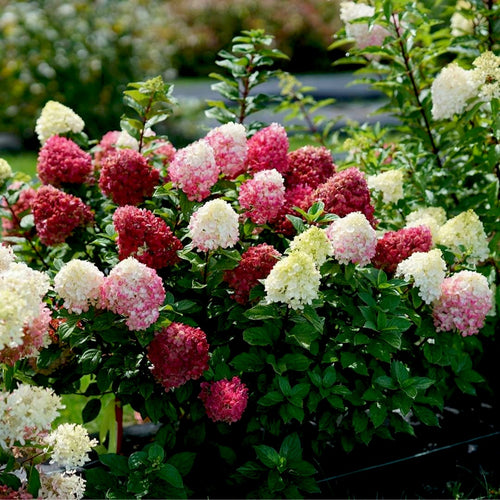
- 'Dark Angel' is a unique variety that produces dark purple flowers with a hint of green.
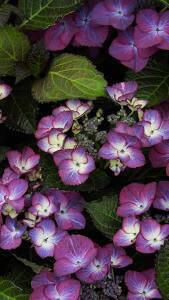
No matter which variety you choose, dark purple hydrangeas are sure to add a touch of elegance and beauty to your garden.
Growing Tips
Dark purple hydrangeas are relatively easy to grow, but there are a few things you need to keep in mind:
- They prefer acidic soil, so you may need to add sulfur to your soil if it is alkaline.
- They need full sun to partial shade.
- They need regular watering, especially during the summer months.
- They are susceptible to powdery mildew, so you may need to spray them with a fungicide if you see any signs of the disease.
Caring for Dark Purple Hydrangeas
Once you have planted your dark purple hydrangeas, you will need to care for them properly in order to keep them healthy and blooming. Here are some tips:
- Water them regularly, especially during the summer months.
- Fertilize them in the spring with a balanced fertilizer.
- Prune them in the late winter or early spring to remove dead or diseased branches.
- Protect them from pests and diseases.
Conclusion
Dark purple hydrangeas are a stunning addition to any garden. They are relatively easy to grow and care for, and they will provide you with years of beautiful blooms. If you are looking for a unique and elegant flowering shrub, then dark purple hydrangeas are the perfect choice for you.
If you're looking for a beautiful and striking plant to add to your garden, look no further than the dark purple hydrangea. These stunning flowers come in a variety of shades, from deep purple to reddish-purple, and they can add a touch of elegance to any outdoor space.
But what makes dark purple hydrangeas so special? Well, for one thing, they're relatively easy to care for. They prefer full sun or partial shade, and they need well-drained soil. But as long as you meet those basic requirements, they'll thrive in your garden.
Another reason why dark purple hydrangeas are so popular is because they're so versatile. You can plant them in a bed, in a container, or even in a hanging basket. And they look great in all types of gardens, from formal to informal.
So if you're looking for a beautiful and easy-care plant to add to your garden, I highly recommend the dark purple hydrangea. You won't be disappointed.
To learn more about dark purple hydrangeas, I suggest you visit . This website has a wealth of information about these amazing plants, including how to care for them, how to choose the right variety for your garden, and where to buy them.
FAQ of dark purple hydrangea
Q: What are some good varieties of dark purple hydrangea?
A: There are many different varieties of dark purple hydrangea, but some of the most popular include:
- 'Nikko Blue': This variety produces large, ball-shaped flowers that are a deep purple color. It is a hardy plant that can tolerate a wide range of conditions.
- 'Endless Summer': This variety is known for its long blooming season. The flowers start out blue and then fade to a deep purple color. It is a relatively easy plant to grow.
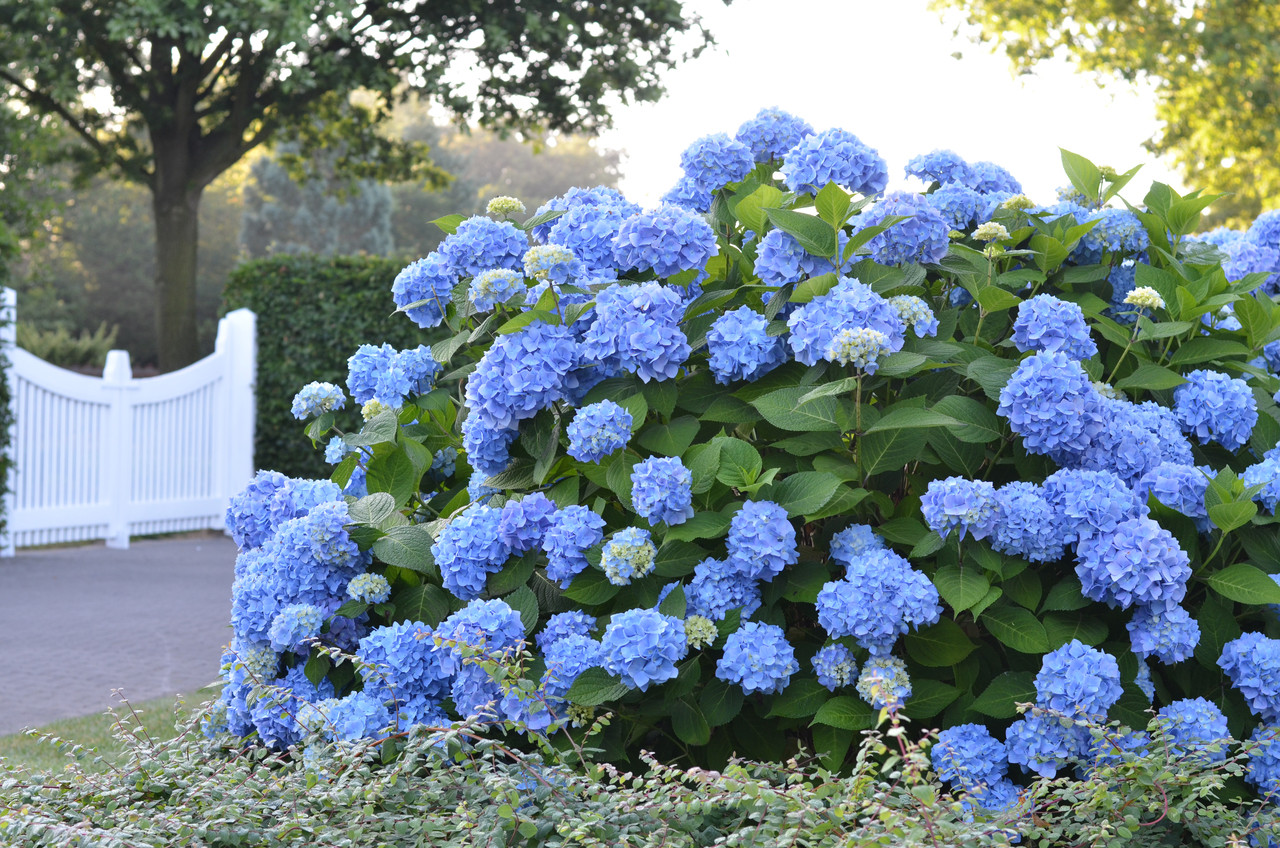
- 'Little Quick Fire': This variety is a dwarf hydrangea that produces small, but very colorful flowers. The flowers start out pink and then fade to a deep purple color. It is a good choice for small gardens or containers.
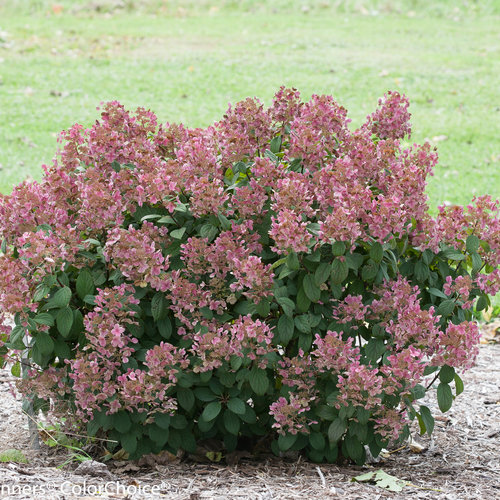
- 'Bluebird': This variety is a newer variety that produces large, ball-shaped flowers that are a deep purple color. It is a hardy plant that can tolerate a wide range of conditions.

- 'Dark Devil': This variety is a very dark purple hydrangea that is sure to turn heads. It is a bit more difficult to grow than some of the other varieties, but it is worth the effort.
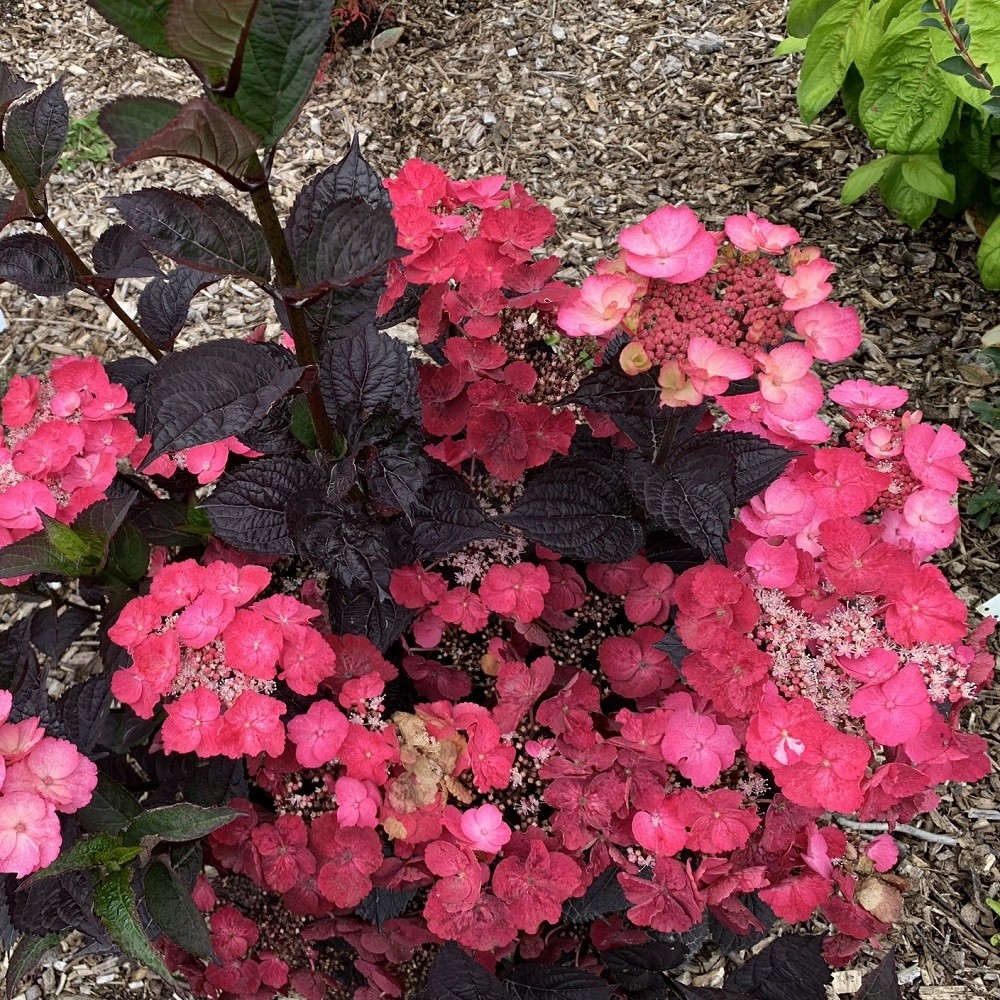
Q: How do I get my hydrangeas to bloom a dark purple color?
A: The color of hydrangea flowers is determined by the pH of the soil. In acidic soil, hydrangeas will bloom a blue or purple color. In alkaline soil, they will bloom a pink or red color.
To get your hydrangeas to bloom a dark purple color, you will need to make sure that the soil pH is acidic. You can do this by adding sulfur to the soil. You can also purchase acidifying fertilizers that will help to lower the pH of the soil.
Q: Where should I plant my hydrangeas?
A: Hydrangeas prefer to be planted in full sun or partial shade. They also prefer moist, well-drained soil.
If you live in a hot climate, you may want to plant your hydrangeas in partial shade to protect them from the hot afternoon sun.
Q: How do I care for my hydrangeas?
A: Hydrangeas are relatively easy to care for. They need to be watered regularly, especially during hot, dry weather. You should also fertilize them once a year in the spring.
In the fall, you can prune your hydrangeas to keep them looking their best. You should remove any dead or diseased branches. You can also trim back any branches that are getting too large.
Q: How long do hydrangeas live?
A: Hydrangeas can live for many years if they are properly cared for. With good care, they can live for 20-30 years or more.
Image of dark purple hydrangea
5 different images of "dark purple hydrangea" from Pinterest:
- Hydrangea macrophylla Deep Purple: This is a compact deciduous mop head hydrangea with glossy toothed ovate green leaves. Its flowers start out as a light pink color, but they mature to a deep purple color.

- Hydrangea macrophylla French Lace: This is a lacecap hydrangea with dark purple flowers. It is a vigorous grower and can reach up to 6 feet tall.

- Hydrangea paniculata Limelight: This is a panicle hydrangea with dark purple flowers. It is a tall-growing hydrangea that can reach up to 10 feet tall.
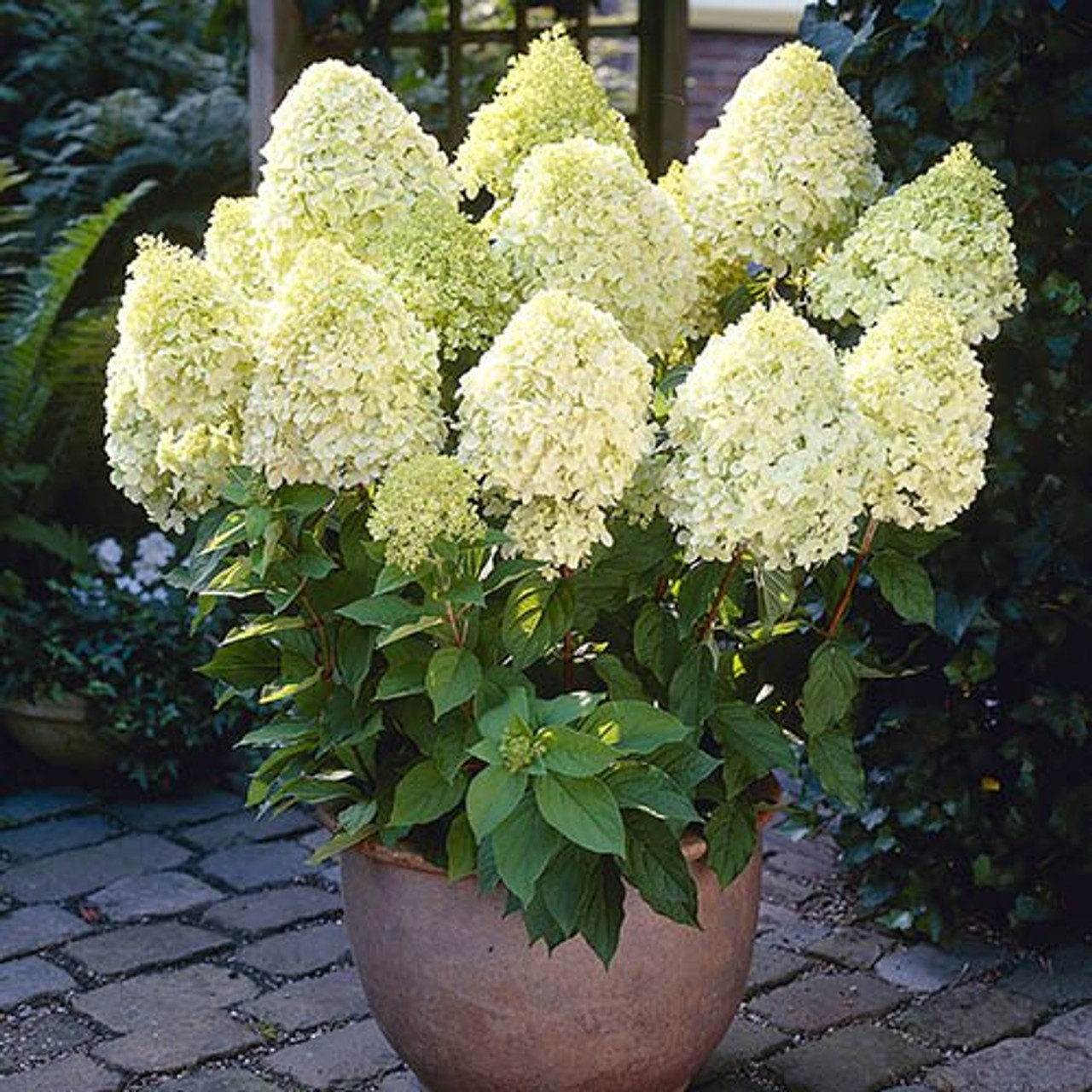
- Hydrangea quercifolia Annabelle: This is a oakleaf hydrangea with dark purple flowers. It is a slow-growing hydrangea that can reach up to 6 feet tall.
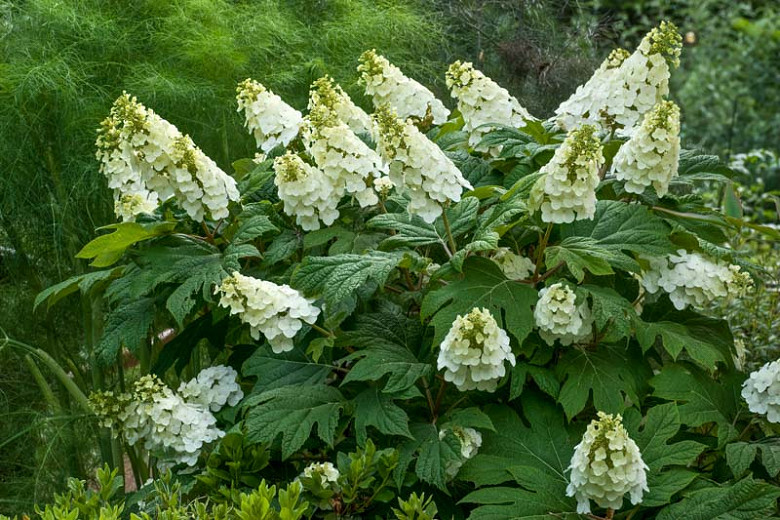
- Hydrangea macrophylla Nikko Blue: This is a mop head hydrangea with dark purple flowers. It is a vigorous grower and can reach up to 6 feet tall.

Post a Comment for "Dark Purple Hydrangeas: A Stunning Addition To Your Garden"